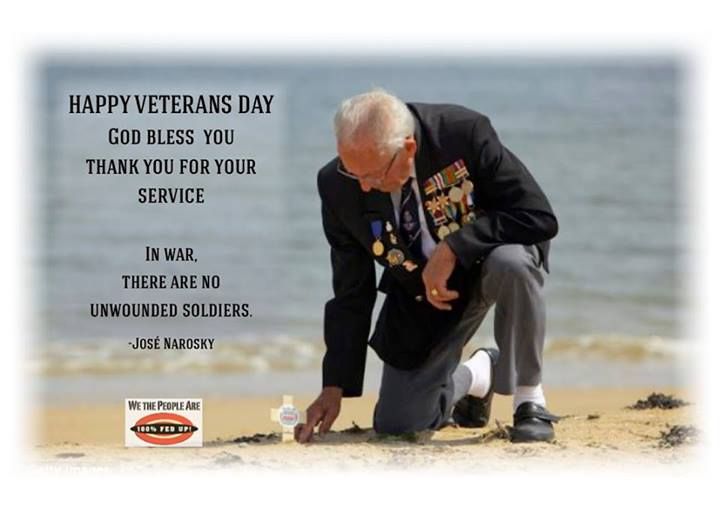Michael Fred Meade, Cpl, The Queen’s Royal Surreys, The 70th of Foot, Stationed in Afghanistan, fought at the Khyber Pass, 1879, during the Second Anglo-Afghan War. My Great, great grandfather.
Michael John Meade, born in Peshawar, Afghanistan, later joined the 70th of Foot, like his old man, and served in Afghanistan, but in “peacetime.” He, too, rose to the exalted rank of Corporal. My Great grandfather.
Fred Meade, my Grandfather, was born in Ireland while Michael was serving there with the 70th of Foot. Fred emigrated to the US, settling in Black Diamond, WA, just in time for WWI. He enlisted in the Marines, and fought at Belleau Wood. “Retreat, Hell! We just got here!”
John Meade, my uncle, Boatswain’s Mate First Class. Served aboard USS Mullany. DD 528. John was Mount Captain of Mount 51, the forward 5 inch gun, when Mullany took a kamikaze hit off Okinawa. He realized that something was amiss when he couldn’t raise anyone on the sound powered phones. He opened the hatch on his gun mount and realized that he and his gun crew were the only ones left aboard, everyone else had abandoned ship. John always said that he was part of the 10% that never got the “Word.” Later that afternoon, when they realized that Mullany wasn’t going to sink, John and the Skipper organized a crew of volunteers (you, you and you) to go back aboard, assess the damage and see if they could get underweigh again. They were able to get partial steam on one boiler, enough to limp to a forward base, where repairs could be made, enough to go back to San Francisco, where they arrived on VJ-Day. Mullany’s Decommission papers got lost on the Fairy Godmother’s desk, because she was completely rebuilt, served during the Korean War, went through the Fleet Rehabilitation and Modernization (FRAM) program, and served throughout the Viet-Nam conflict.
My first ship was USS Ranger (CV-59). We were docked at NAS Alemeda. CA, in the San Francisco Bay. Just ahead of us on the pier was Mullany. John lived about 50 miles from Alameda, so I called him and asked if he would like to take a tour of Ranger on a Sunday Afternoon. I didn’t tell him about Mullany. As we walked down the pier, I pointed out the Destroyer berthed just ahead of Ranger. “Good Looking ship, isn’t she,” I said. Uncle John stopped, looked, his jaw dropped, and tears started down his cheeks. Mullany had changed a little bit, but a sailor knows his ship. We went up the brow, saluted the Ensign (flag), then the Quarterdeck, and requested permission to come aboard. When I told the Officer of the Deck who Uncle John was, and his relation to Mullany, it was like the prodigal son had returned. John was given a complete tour of the ship, given free reighn of Mount 51, where he spent at least 2 hours inspecting and giving his approval. When we finally departed, he was given two bells, with “John Meade, BM1, Plankowner, Departing,” as fit his status. I think I made his day.
Jacob Featherkile left Hamburg Germany in 1648, just a step ahead of the either the press gang or the hangman’s noose, family lore is not too clear on that point. He caught a ship bound for America, and landed in Lord Baltimore’s Town in the Colony of Mary’s Land, on the Cheasepeake Bay. Jacob took to heart the commandment to be fruitful and multiply, as by 1750, the Featherkile Clan had spread across the Eastern Seaboard and into the western frontier, from Ontario and Illinois, through Tennessee and Kentucky. Needless to say, when hostilities broke out between France and Great Britain during the 7 Years War, known hereabouts as the French and Indian War, the Featherkile clan fought for whichever side provided the greatest financial incentive, often changing sides if there was a better deal to be had. During the Revolutionary War, there were Tories as well as Revolutionaries to be found within the clan. Similarly, there were bluebellies and Honorable Confederate Soldiers bearing the Featherkile name during the War of Northern Aggression.
Skipping ahead to WWII, my father’s cousin, Raymond, was a radio operator on the lead B-17 flying into Pearl Harbor on December 7, 1941. He flew in B-17’s and B-29’s all over the Pacific for the rest of the war.
My dad was working at the Boeing plant in Seattle when war broke out, and probably could have stayed there, but he felt that he had to do his bit, so he joined the Army, and made the landing on Attu Island in the Aleutians, to drive the Japanese off American soil, then spent the rest of the war on both Adak and Kiska Islands as a radio operator. He said that the best thing we could do for the war effort was to give the Aleutians back to the Japanese, so they could suffer instead. It was freezing in winter with snow so deep that you had to tunnel your way to the chow hall, and muddy in summer with mosquitoes the size of B-17s.
I did my bit as a Navy Corpsman, serving with the Marines and at sea with the Navy. I did 22 years, then left because I couldn’t see it as a viable career. My son is in his 12th year in the Navy, deployed to Okinawa.
I learned to play the bugle while in school, and now provide “Taps” to Veterans funerals. They rate a live bugle, not just a tape recorder or CD.


 ?1
?1 ?1
?1 ?1
?1